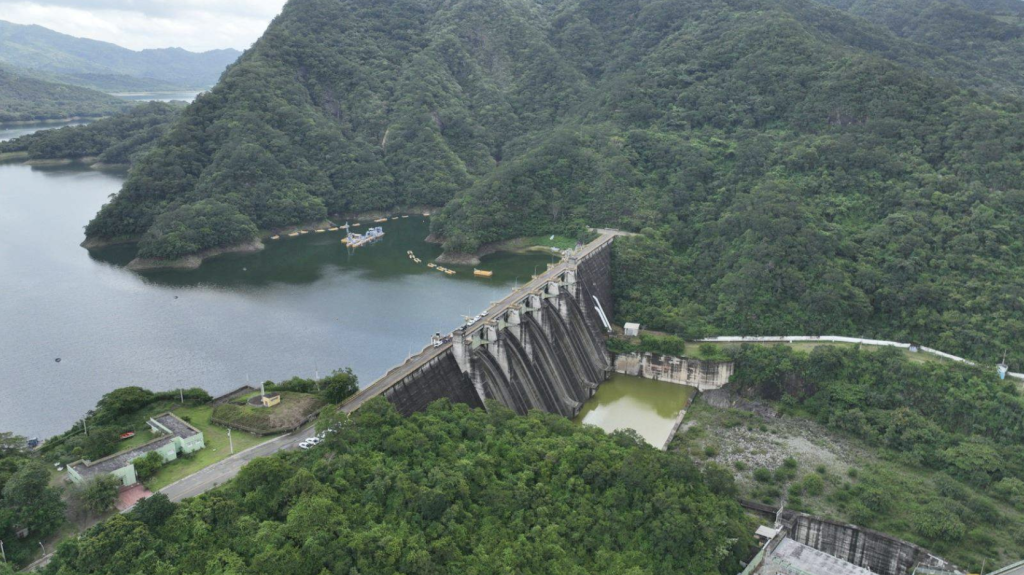
According to the Center for Emergency Operations (COE), recent rains produced by a low pressure front caused the evacuation of over 5,000 persons in Santiago de los Caballeros, the rescue of half a dozen person without injuries, and caused landslides in several areas. On Saturday, 25 May 2024, there were
over 20 provinces under some kind of alert and the heavy rains caused traffic congestion in the
major cities.
In the area around the nation’s second-largest city, Santiago de los Caballeros, every one of the smaller towns suffered urban flooding which caused the evacuation of thousands. Some families were evacuated because of nearby waterways such as creeks and irrigation canals that were filled to the brim and presented a danger of flooding.
Along the Duarte Highway, some electricity powerlines were downed. In Santo Domingo, as well as Santiago, most of the waterworks were affected by the flood waters. In La Vega, trees were down as the heavy rains had soaked the ground, and the strong winds blew down large trees, blocking roads and avenues. San Francisco de Macoris also was doused by the heavy rains, and authorities warned that the Lower Yuna River was certainly subject to overflowing. Ten of the 14 provinces of the Cibao were under a Yellow alert as of late Saturday, 25 May.
On the positive side, the rains made a substantial contribution to the reservoirs in the provinces of
Peravia and San Cristobal. The improvement in the water levels was most evident in the
Jigüey-Aguacate-Valdesia watershed, along with the Las Barias dam, which supplies
most of the water to Greater Santo Domingo. The Jigüey reservoir is now at 93.6% of capacity;
Aguacate is currently at 99%; and Valdesia is at 84.8%, all very good numbers for this time of
the year.
To the north, in the Cibao, the Tavera-Bao complex and the Rincon dam are providing both water and
electricity. The hydrogeneration units at Valdesia, Sabaneta, and Sabana Yegua are not online at the present time.
Hatillo, one of the largest reservoirs in the country is currently forced to dump excess water into the Yuna River, but it is also producing electricity. Tavera is currently at 77% of capacity, as is Bao. Both systems are about five meters below the maximum.
Read more in Spanish:
Diario Libre
27 May 2024

